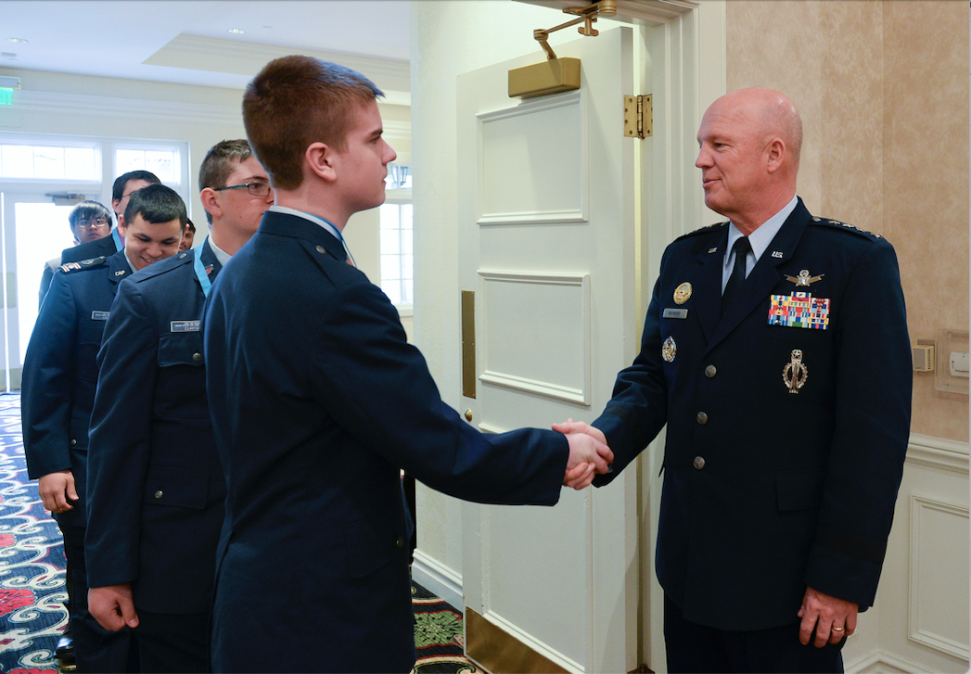Space Force wants to become the first true ‘digital service’

The Space Force, the newest branch of the military, wants to take advantage of its institutional youth and become the first “digital service” in the military.
The goal is to have its members — dubbed guardians — be digitally fluent and have their space operations revolve around being “an interconnected, innovative, digitally dominant force,” according to its recently published “Vision for a Digital Service” document.
Chief of Space Operations Gen. John Raymond said it’s a necessity that the Space Force be digital, as conflicts in space will involve operating high-tech satellites, not the physical combat typical in other military services. Force leaders have expressed this notion often in the past, but this is the first time they’ve put it into doctrine.
“Becoming a Digital Service is more than just a generational opportunity; it is a warfighting imperative,” Raymond wrote in the document’s introduction.
The force’s goal is to use digitally native technology and modern data management practices to ensure that the military can keep up with emerging threats in space. The document highlights the importance of initiatives already underway, like training guardians in digital technology, as well as new approaches to data management that will allow the force to share more and leverage new technologies like artificial intelligence.
“We need to leverage information and data to accelerate our ability to develop, field, and operate joint space capabilities with unparalleled speed and ruthless proficiency,” the document states. “We must exploit digital solutions to thrive and adapt within a hostile, complex, and dynamic environment that is inherently more bound to—and driven by— technology than any other defense domain or mission set.”
The force has already taken steps to beef up its data management and security practices. It inked a deal with Palantir to fuse its space data in April 2020 and another in September with Xage Security to protect it. It’s a trend likely to continue.
The service is also staying lean, introducing only three major components within its organization chart for personnel, strategy and operations.
“While some could regard the relative leanness of our Service as an obstacle to success, it may in fact be one of our greatest strengths,” the document states. It’s a point that congressional overseers want to hear, as many have suggested that the Space Force should not take on new bureaucratic bloat as it stands up and integrates with the rest of the force.
Another new digital-native workforce feature of the Space Force is allowing guardians to be “digital nomads,” employees that can work from anywhere, enabled by collaboration technology. While it’s unlikely guardians will start buying vans, dawning their uniforms in the mornings to work on a laptop next to a national park like the nomads portrayed in cinema, the force believes a culture that uses digital tools to the max will support its vision of becoming a digital force.
“Furthermore, the USSF must support a world in which we are no longer bound to a single physical location. This can give the USSF the flexibility to have Guardians operate virtually as ‘digital nomads,’ seamlessly supporting a variety of missions from a range of locations as part of an intrinsically mobile force,” the document states.






